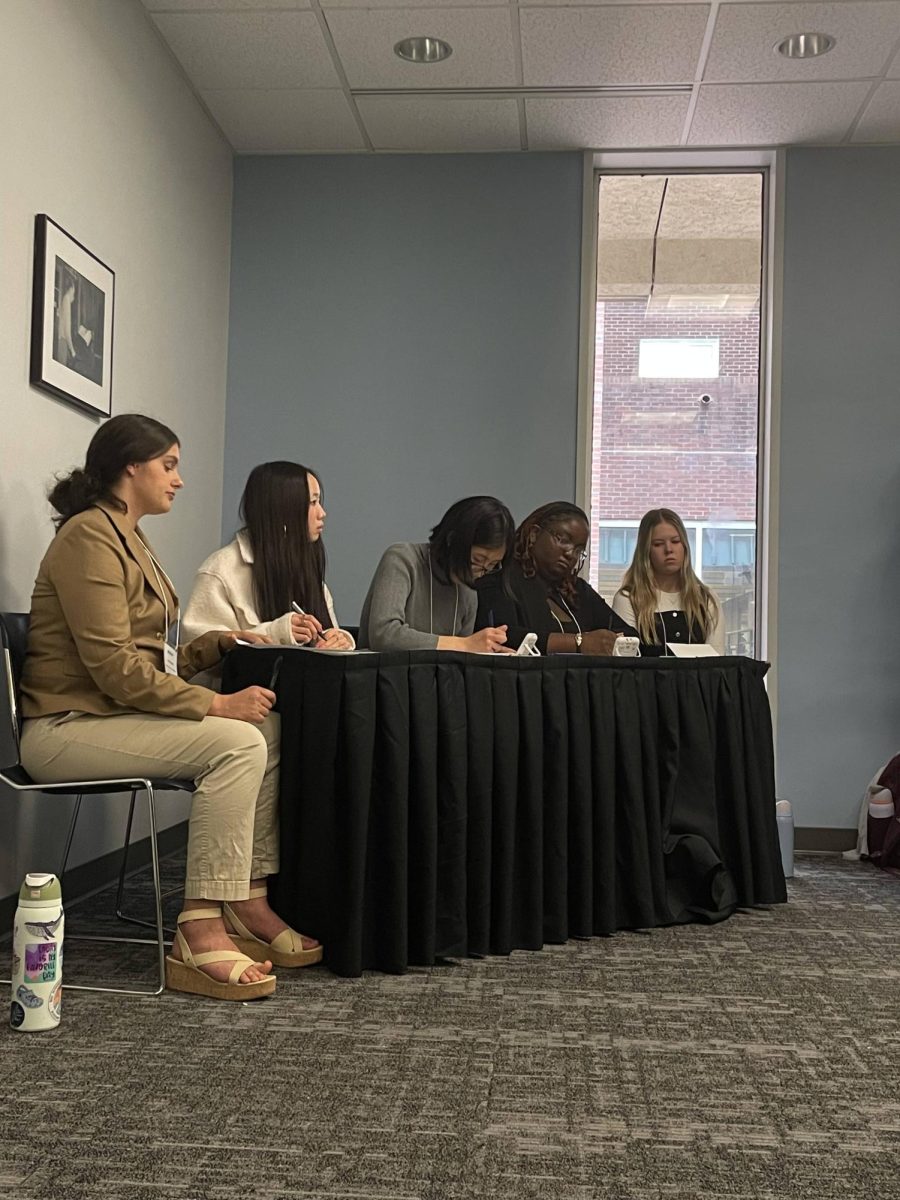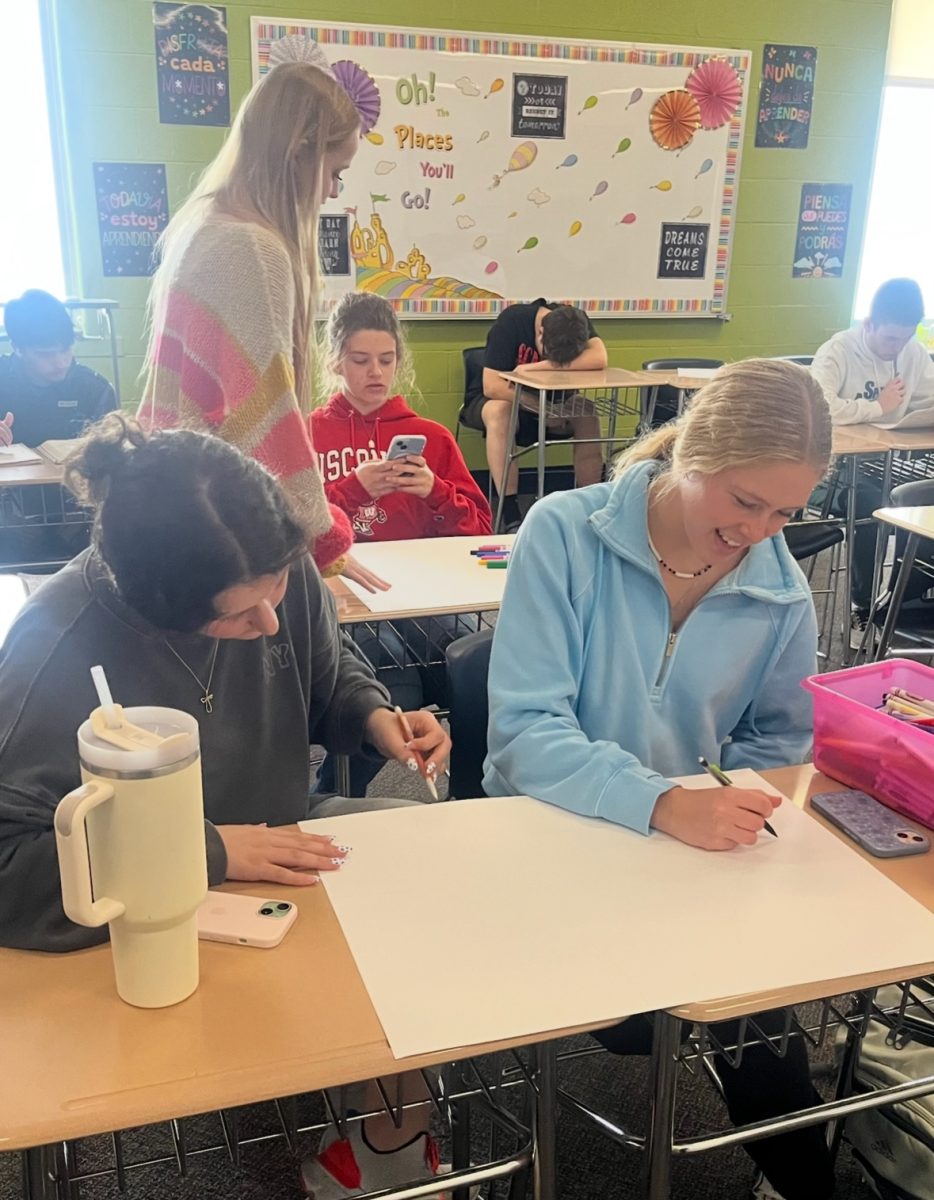Since the beginning of COVID-19, spring break has been different than in the past. While many people plan huge trips way in advance, COVID-19 changed many people’s plans. Some decided it was best to not travel at all, some stayed in the country, and few traveled internationally.
This year, international traveling is very different. To travel out of the US, travelers need to provide a negative COVID-19 test before returning back to the US. If the test comes back positive, the individual needs to quarantine for two weeks before flying back.
Despite these extra rules, there was still a large number of people who traveled internationally for spring break. At PV, Florida was one of the most popular destinations. However, there were still a few groups of people who went out of the country.
Senior Joey Borbeck has been to Mexico in the past, and his spring break trip this year to Mexico was a bit different than usual. “We needed to wear masks but only when we were walking around inside and we all had to get a COVID test before flying home,” he said. “There were less options for excursions so we had to stay at the resort the whole time.”
In Mexico, there were some changes due to COVID-19 but not very many. There were not many rules pertaining COVID-19 there, nor were they completely enforced. Masks were not worn often, especially due to how much time was spent on a beach or in a pool.
When inside, masks were 100% required. However, once travelers went outside there were no required masks. “I probably only saw one person wearing a mask outside, not counting the workers,” Borbeck stated.
Freshman Otto Hofmann went to Costa Rica for spring break and was very cautious. “There were a lot of extra steps before we left and there was way more sanitation and social distancing,” he stated. “I rarely saw others without a mask and everyone was pretty distanced.”
Costa Rica was much safer than Mexico, but there were not many extra rules. “Everything was more open than the US, but with less capacities. People were very conscious of wearing masks,” Hofmann said.
The rules in other countries were similar to rules in the US. Masks were worn by many, there were not many things open, and many places allowed less people in. The main difference was needing a negative COVID-19 test before traveling back into the US.
While the amount of people who traveled out of the country decreased this year due to the COVID-19 pandemic, there was still the option to go out of the country. Many people chose not to travel out due to the extra rules and COVID-19 tests, but the rules were not very strict or enforced once someone was actually in the country.









